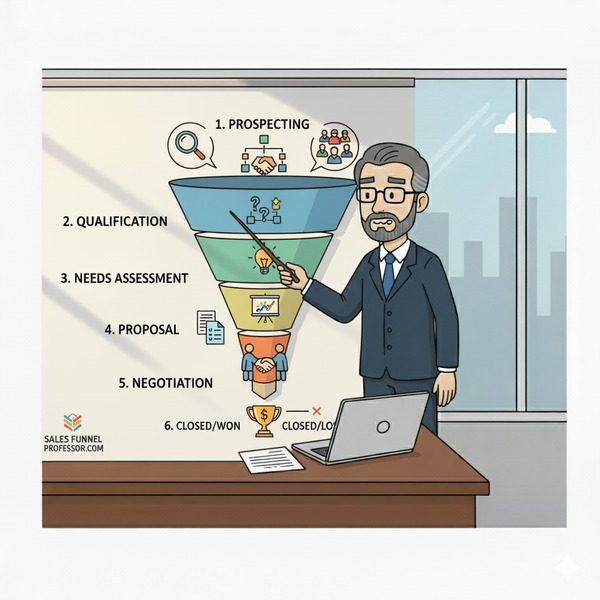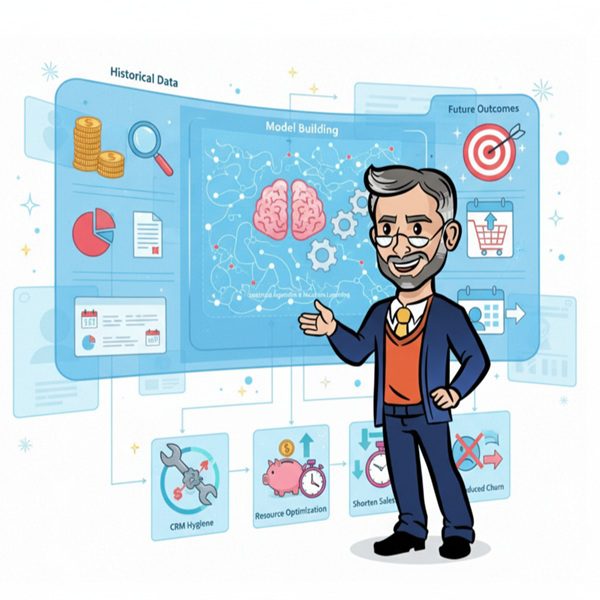Definition: In the context of language models and artificial intelligence, perplexity is a measurement of how well a predictive model, like a large language model (LLM), can predict a sample. A lower perplexity indicates the model is better at making accurate predictions.
Use It In a Sentence: The team evaluated the model’s performance using perplexity scores to compare its predictive accuracy across different datasets.
Why Perplexity Matters in AI & Language Models
Perplexity is a key metric in natural language processing (NLP) and helps data scientists evaluate the performance of a model during training and testing.
- Predictive Strength: Lower perplexity means the model is more confident in its next-word predictions.
- Model Evaluation: It helps compare different models trained on similar tasks.
- Training Optimization: Developers use perplexity to refine hyperparameters and improve model output quality.

How Perplexity is Calculated
Perplexity is calculated based on the inverse probability of the predicted words, normalized by the number of words. It evaluates how “surprised” a model is by the actual outcomes.
Formula:
Perplexity = 2^CrossEntropy
If the model is highly confident in its predictions (lower cross-entropy), perplexity will be low. If it’s unsure, perplexity is high.
Applications of Perplexity in Marketing & AI
- Chatbot Training: Improves human-like conversations in automated customer service.
- Content Generation: Optimizes text models to create natural, engaging content.
- AI Tool Comparison: Marketers evaluating AI tools can use perplexity as a benchmark.
More Definitions
- Sales Metrics
Quantifiable measurements used to evaluate sales performance—like conversion rates, customer acquisition cost (CAC), win rate, deal velocity, and more. - Sales Funnel
A visual model of the buyer’s journey—Awareness, Interest/Consideration, Decision, and Loyalty—used to tailor messaging, track performance, and optimize conversions. - Engagement Metrics
Interaction indicators such as clicks, likes, comments, shares, time on page, and form submissions that reflect content effectiveness and help optimize the funnel. - Sales Conversion Optimization
The continuous process of improving every stage—ads, landing pages, website flows, emails—to increase the percentage of prospects who become customers. - Year‑Over‑Year Growth Analysis
A performance metric comparing current results to the same period in the previous year, adjusting for seasonality and revealing long-term trends. - Grok Definition
Learn what it means to grok a concept—understanding it fully and intuitively—and why it’s crucial for marketers, product teams, and sales leaders.


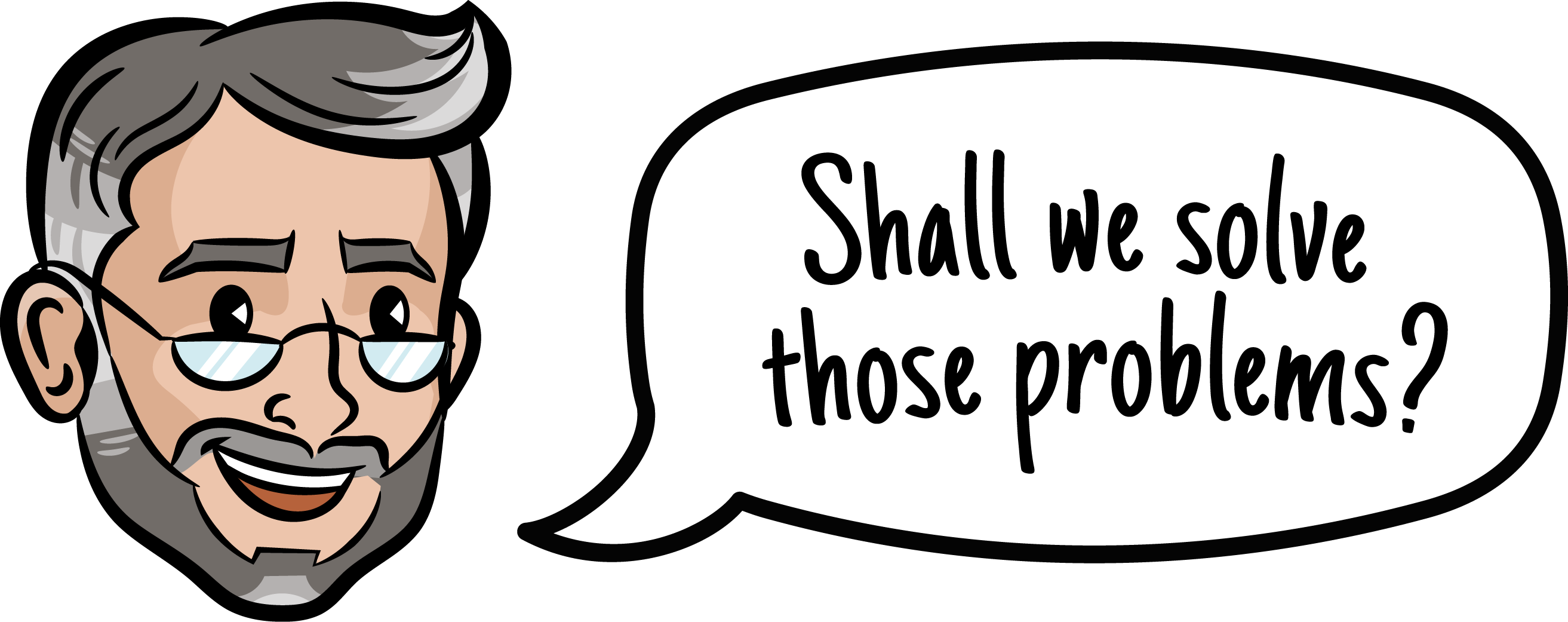







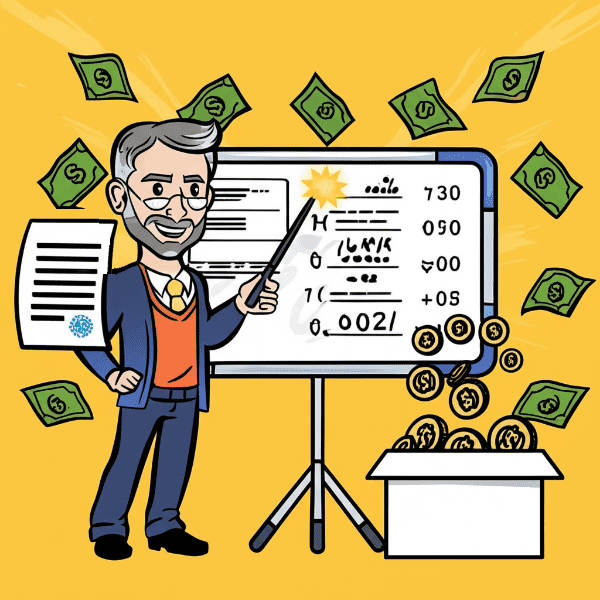
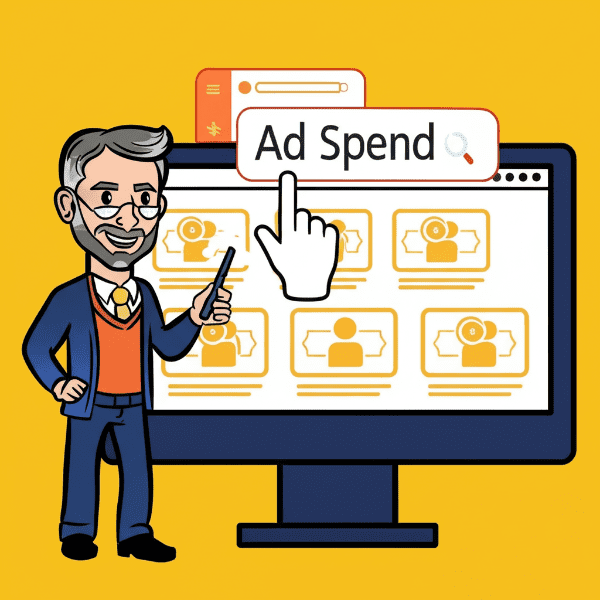



![Cartoon illustration of a professor standing next to an unused, generic megaphone while presenting a customized digital message reading "Hello, [Name]!" to a single customer figure, symbolizing a personalized campaign strategy.](https://salesfunnelprofessor.com/wp-content/uploads/2025/05/personalized-campaigns-definition.jpg)



